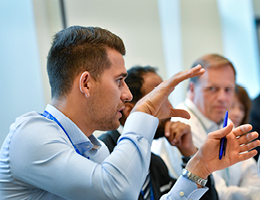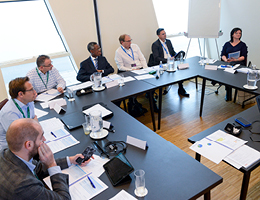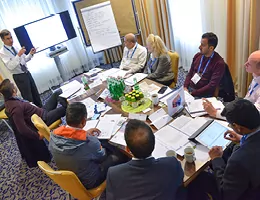Nicholas Franck
Senior EuroFinance Tutor EuroFinanceNicholas (‘Nick’) Franck has worked 30+ years in corporate treasury, trading, transaction banking, and treasury consultancy: 19 years in multi-industry corporates (IBM, International SOS, Agility Logistics and Oriflame Cosmetics;) 7 years in banks (Merrill Lynch and Chase Manhattan;) 6 years in treasury consultancy (CFO Solutions.) In these companies, his work has been mainly on startups and change. He has worked in and advised on technology, processes, outsourcing, treasury functions & treasury centres, worldwide. His expertise covers cash, liquidity, working capital, risk management, TMS and other systems, policy and process change within a business’s broader finance and commercial context. His in-depth knowledge makes him a versatile, convincing and compelling trainer.





